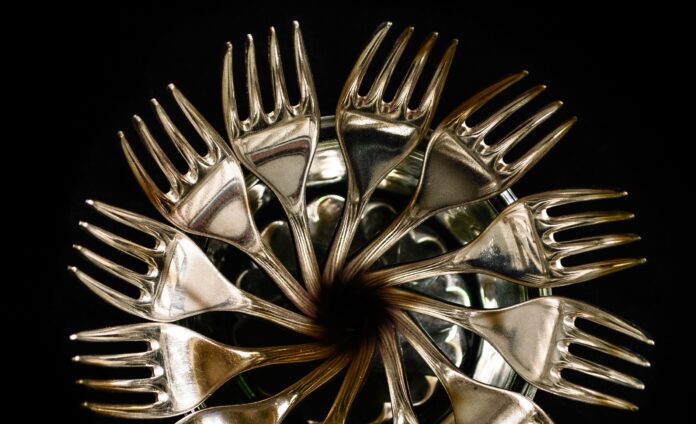In today’s world, the use of forks is so commonplace that we hardly give it a second thought. They are essential utensils in our daily lives, allowing us to enjoy our meals with ease and grace. However, the history of forks is a fascinating one, marked by centuries of skepticism and resistance. Surprisingly, using forks was once seen as sacrilegious and even scandalous in many parts of the world. This article delves into the intriguing history of forks, shedding light on how they evolved from being objects of disdain to indispensable tools of dining etiquette.
The Fork’s Humble Beginnings
The fork, in its simplest form, is a pronged tool used to lift and convey food to the mouth. Its origins can be traced back to ancient civilizations, where variations of the fork were employed primarily for cooking or serving purposes rather than eating. The first known forks were two-pronged and made of wood or bone, with archaeological evidence dating them as far back as the Neolithic period. These early forks were more akin to modern-day skewers, used to roast food over open fires.
A Shift in Perception
The use of forks for eating was met with skepticism in many cultures for centuries. In medieval Europe, where fingers and knives were the primary eating tools, the fork’s introduction as an eating utensil was met with suspicion and even disdain. The fork’s association with the devil’s pitchfork didn’t help its case either. Some religious authorities even condemned its use, believing that the fork interfered with God’s intention for humans to eat with their fingers.
It wasn’t until the late 16th century that forks began to gain acceptance in European dining circles. Catherine de’ Medici, an Italian noblewoman, married the future King Henry II of France and brought with her a set of forks as part of her dowry. These forks, made of precious metals, were seen as a sign of refinement and sophistication. Over time, their use gradually spread among the upper classes and became a symbol of social status.
The Fork’s Influence on Etiquette
As forks gained popularity, they started to influence dining etiquette. The use of forks enabled more refined and elegant dining practices. Dining etiquette guides of the time, such as “Galateo” by Giovanni Della Casa (1558), began to include instructions on proper fork usage. The fork allowed people to handle food more delicately, avoiding the mess and potential contamination associated with eating with one’s fingers.
The Evolution of the Fork
As the centuries passed, forks continued to evolve. They transitioned from being two-pronged to the more familiar four-pronged design, which made it easier to pick up and hold various types of food. Materials such as silver and stainless steel replaced earlier wooden and bone forks, making them more durable and hygienic.
The history of forks is a testament to how cultural norms and perceptions can change over time. What was once seen as sacrilegious or even sinful is now an integral part of our dining experience. The evolution of forks reflects the broader evolution of society’s values, tastes, and manners. Today, forks are indispensable tools of dining etiquette, and we use them without a second thought. So, the next time you pick up a fork, take a moment to appreciate its long and intriguing journey from sacrilege to sophistication.
Views: 44






